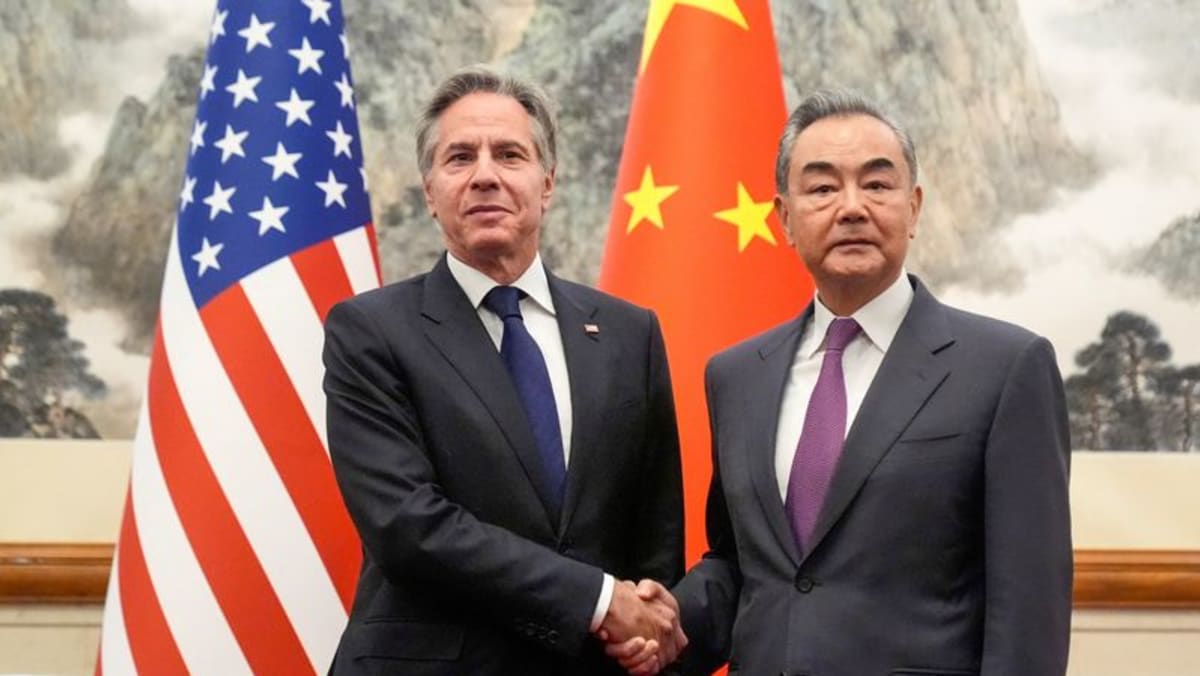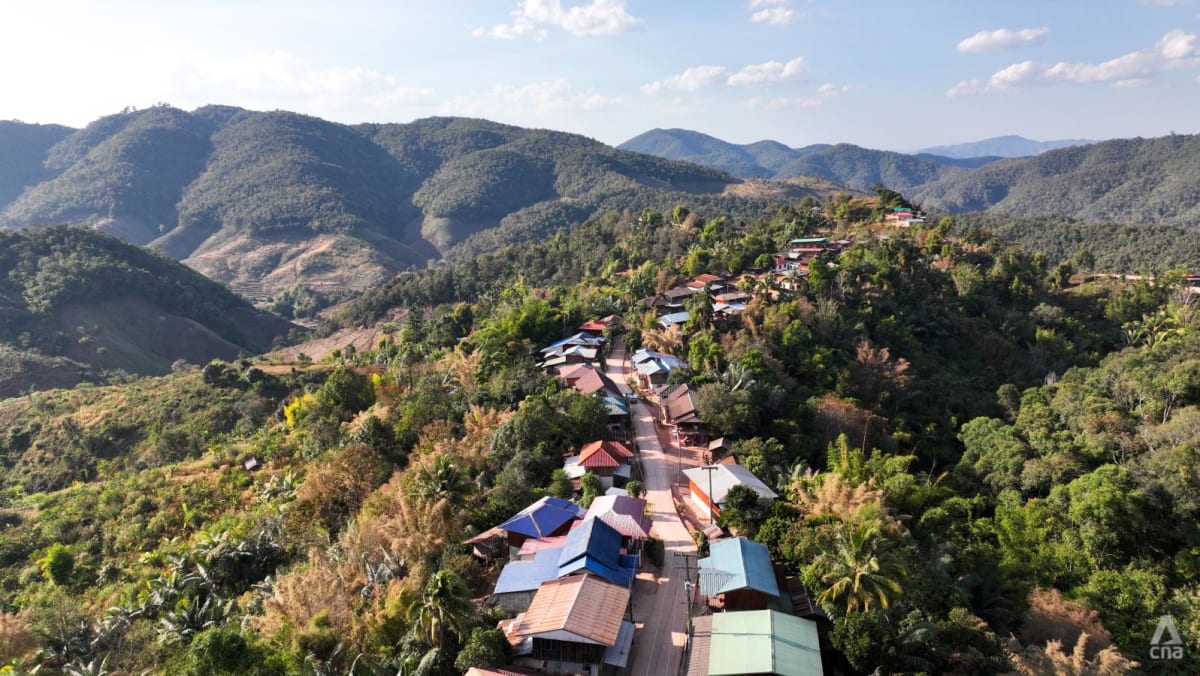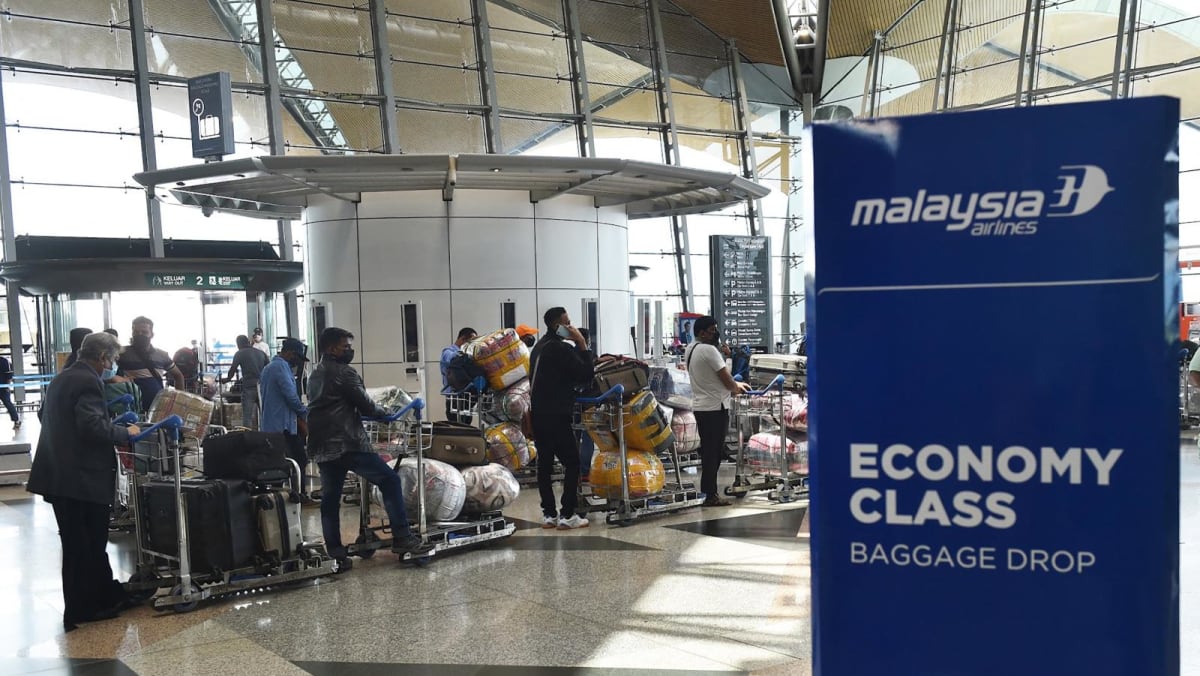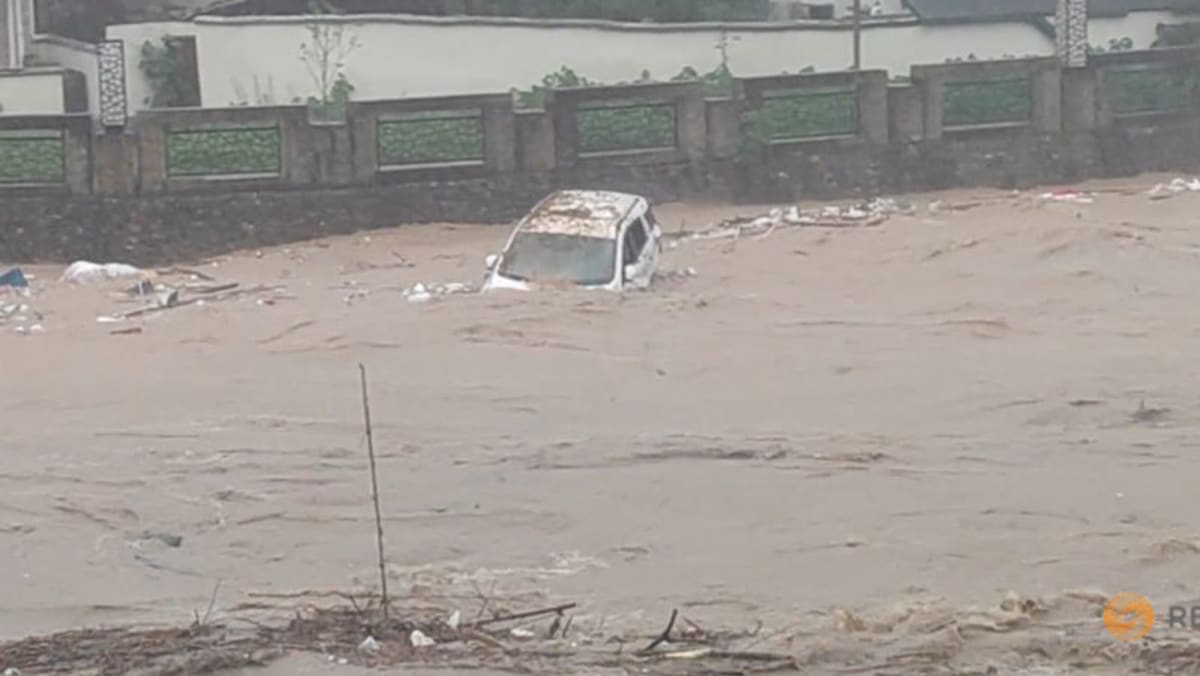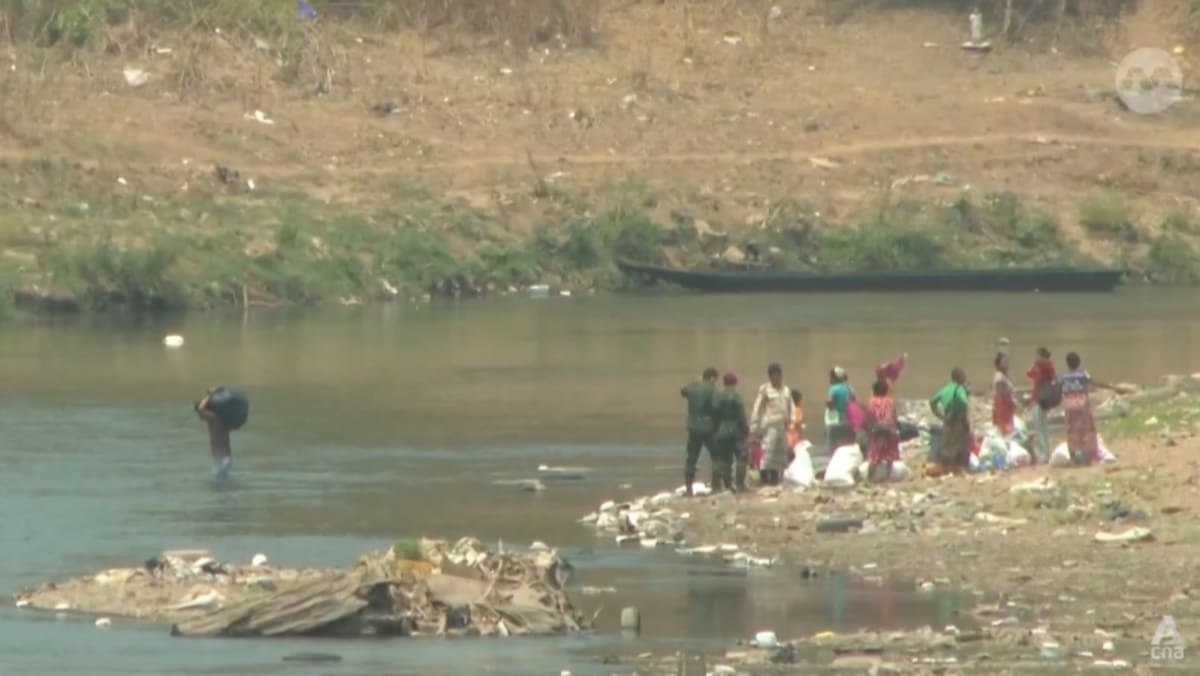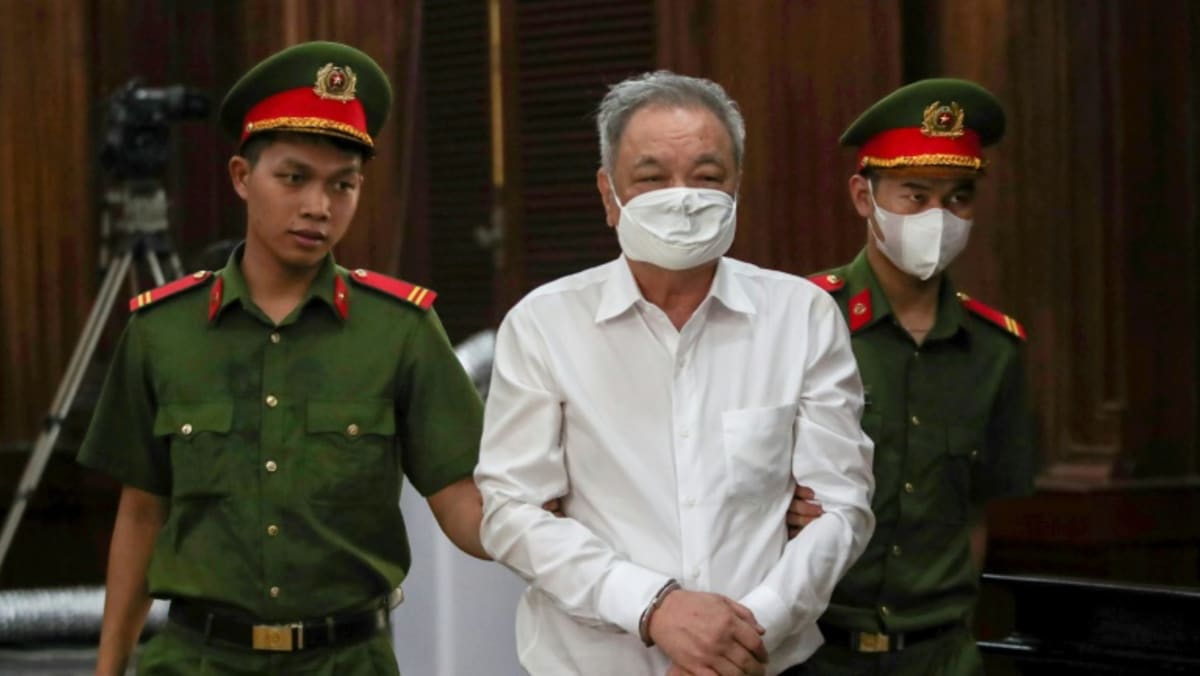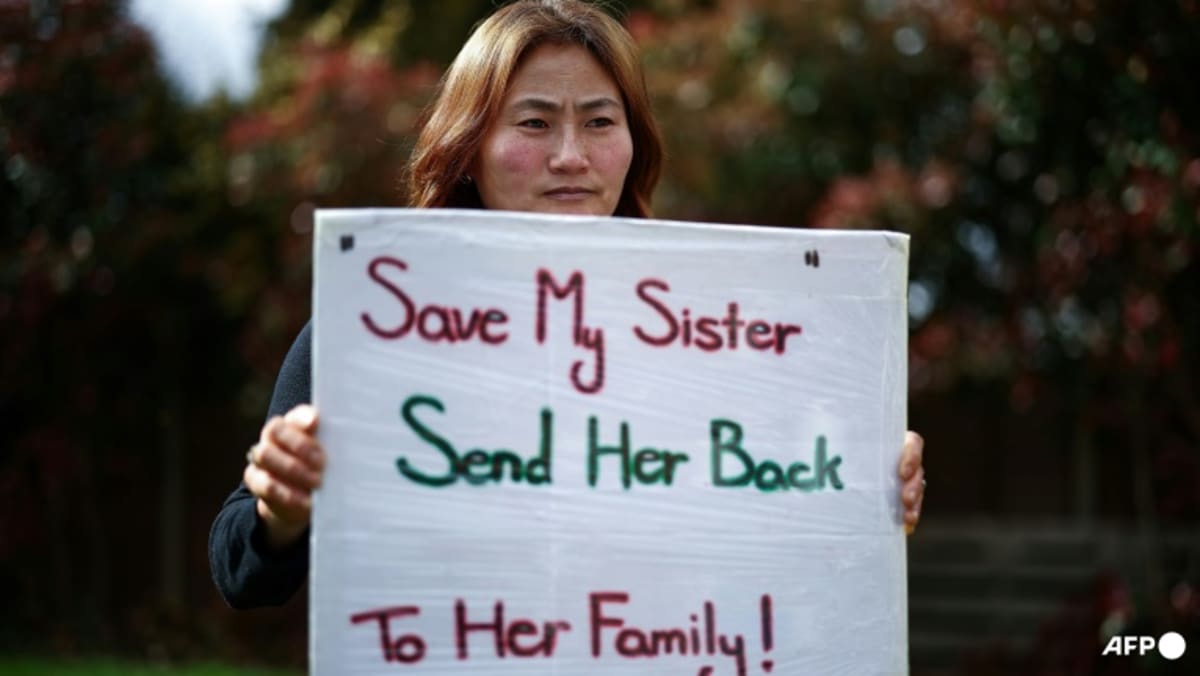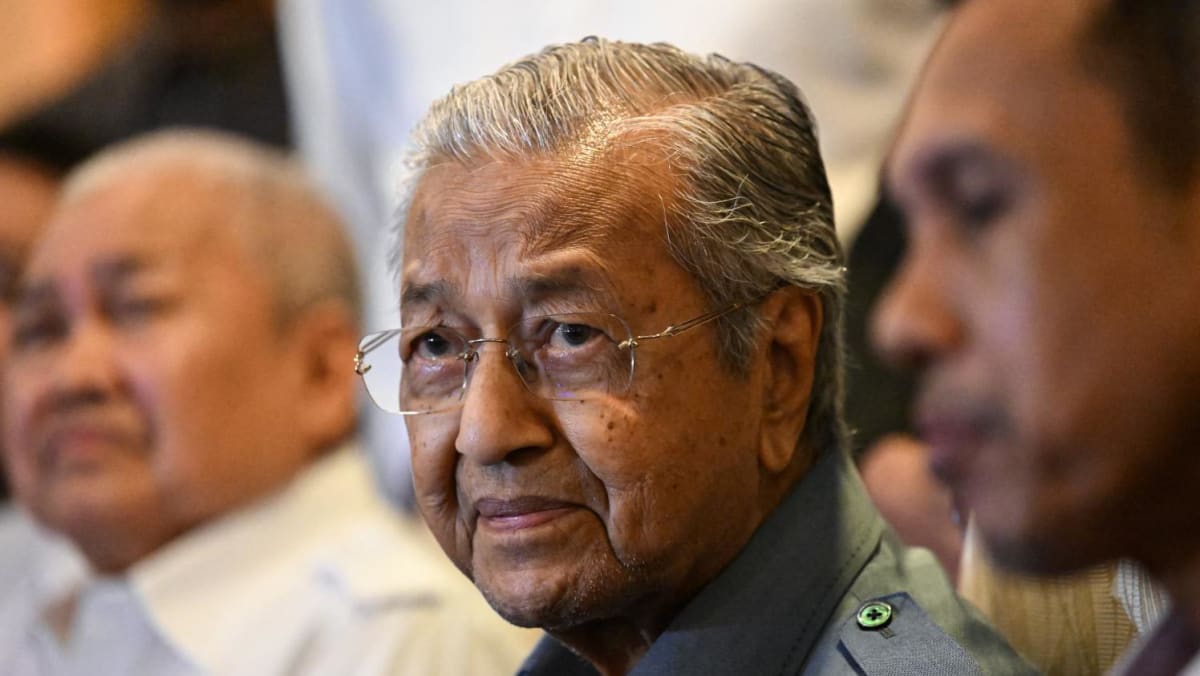Ms Wora Sukraroek, a member of Thailand Extraterritorial Obligations (ETO) Watch Coalition said she believes that the Hongsa plant would have faced many more obstacles if it was constructed or operating in Thailand itself.
“The reason why these Thai companies go out to invest abroad is because, this type of project, if you did it in Thailand, there will be civil society resistance, protests and so many other things. The environmental impact assessment (EAI) has to go through a public participation process,” she said.
A company building a coal plant would need to do modelling of gas and mercury deposition, and develop a rigorous monitoring system.
“I think this project would be delayed in Thailand and the communities in this area would demand compensation based on the impacts.
“All of these factors are the key drivers why they are going out to tap into the resources of neighbouring countries,” she said.
Despite the apparent transboundary impacts, no Thai environmental law applies to Hongsa’s operations. Ms Wora said ETO’s goal is to pressure Thai investors to comply with “sustainable, best practice principles” with their overseas practices.
“Or to demand a little bit more accountability to the needs and the interests of the communities and comply with the principle of human rights,” she said, citing the United Nations Guiding Principles on Business and Human Rights.
“At least demonstrate the goodwill of engaging communities, talking about the impacts of the project and disclose the information that is necessary for the communities to know about the environmental and social impacts that directly impact them and their health,” she added.
Within Thailand, the citizen science model being fostered in Nan – using smartphones and simple sampling – could be a pilot project for more locally-led environmental data gathering, instead of communities being entirely subjected to conclusions reached by consultancy groups engaged by the developers themselves.
As for the Lao population living in close proximity to the plant, Prof Tanapol said this modelling shows that they too are likely experiencing impacts. New relocation villages were built when the plant was constructed to move people away from its immediate surroundings.
But with no ability to perform any tests across the border, there is little firm evidence that could be presented to advocate for the welfare of those communities.

